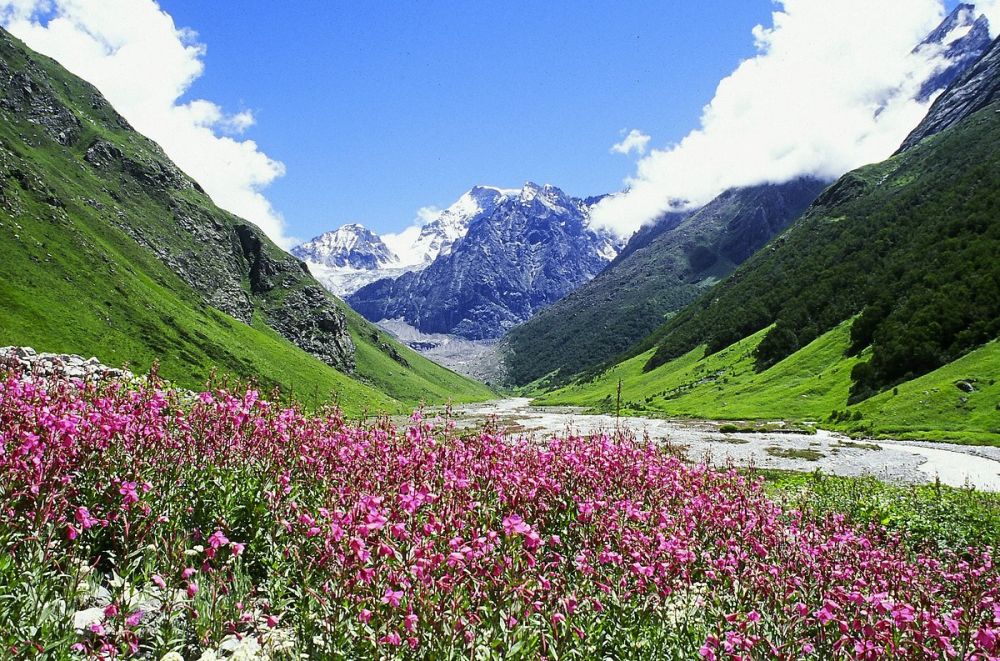

The history of tourism in the Valley of Flowers National Park can be traced back to 1931 when it was rediscovered by Frank S. Smythe. Smythe, a British mountaineer, came across the valley while returning from an expedition to Mt. Kamet and was taken aback by its ethereal beauty, lush meadows filled with endemic alpine flowers and a diverse range of flora and fauna. He later penned a book called 'The Valley of Flowers' that introduced this hidden gem to the world.
The place quickly caught the imagination of nature lovers, botanists, and trekkers alike. Recognizing its unique biodiversity and outstanding scenic beauty, the Indian government designated the region as a national park in 1982. It gained the status of a UNESCO World Heritage Site in 2005 due to its wild untamed landscapes, rich diversity of endemic flora, and its significance as a part of the Nanda Devi Biosphere Reserve.
The infrastructure around Valley of Flowers National Park developed gradually to cater to the increasing influx of tourists. The establishment of the Ghangaria village as a base camp for travelers heading to the Valley of Flowers and Hemkund Sahib brought significant attention to the region. This also led to more facilities for accommodation and the development of trekking routes.
One of the latest trends in the region has been the increase in eco-conscious trekking and travel. The number of tourists visiting the park has been limited to reduce impact on the fragile ecosystem. There is a growing emphasis on sustainable tourism practices to ensure the conservation of the park's biodiversity.
The introduction of online permits for the Valley of Flowers has marked a new development in managing and regulating the flow of tourists. This measure not only helps in keeping the number of visitors under check but also streamlines the entry process. Tourism in the area has also branched out to include winter sports in Auli, like skiing, given its proximity to the Valley of Flowers, making the region a year-round destination.
Adventure tourism is also on the rise with the Valley of Flowers as a popular destination for trekkers and nature enthusiasts. Moreover, the government has been focusing on improving the connectivity to the valley, with plans to improve roads and the possibility of helicopter services, which will further make the valley accessible to a wider audience.
The COVID-19 pandemic led to a temporary halt in tourism activities around the world, and the Valley of Flowers National Park was no exception. The park was closed to visitors to comply with health and safety regulations. However, as restrictions have lifted, the park has seen a return of visitors, with safety protocols and social distancing measures in place to ensure a safe travel environment.